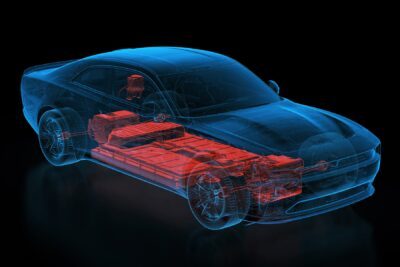Shanghai starts V2G pilot
After the Chinese government published implementation guidelines for improving the interaction of electric cars and plug-in hybrids with the power grid at the beginning of 2024, things are getting concrete. On 31 March, the country’s first fully integrated Vehicle to Grid (V2G) test started in Shanghai and will run until the end of April. The test includes 19 vehicles from ten automakers and 13 V2G capable charging stations from nine manufacturers. The test includes electric cars, buses and trucks.
Shanghai is among the first nine pilot cities to use the batteries of the country’s growing fleet of electric vehicles to secure power supply during peak demand. Conversely, the project is also designed to counter the fear that the proliferation of electric vehicles could overload the power grid due to the large number of charging processes.
“As one of the cities to pilot large-scale vehicle-to-grid (V2G) interaction application, Shanghai has built an intelligent charging network with a capacity of 300,000 kilowatts, along with the V2G discharge capacity of 20,000 kilowatts,” Shen Bing, deputy chief engineer of State Grid Shanghai’s electric power research institute, is quoted as saying by Chinese media. “Through evaluating equipment compatibility, grid adaptability, demand response flexibility, Shanghai is expected to promote more technological breakthroughs and interactions along the industry.”
Shanghai will carry out four of a total of 30 V2G pilot projects. The other eight cities are Changzhou, Hefei, Huaibei, Guangzhou, Shenzhen, Haikou, Chongqing and Kunming. Most of the 30 projects will be V2G projects in which electric cars can serve as batteries and feed the stored electricity back into the grid.
In addition, vehicle charging schedules can be adjusted to avoid peak times. The power grid operators are responsible for implementing the pilot projects, while the provincial governments are responsible for expanding the charging infrastructure. However, industry experts point out that challenges still need to be overcome in developing viable business models and improving battery technologies before the V2G concept can be implemented on a large scale.
Shanghai was so convinced of the merits of V2G technology even before the project began that it had already drawn up a plan with the aim of installing between 30,000 and 50,000 V2G-enabled charging stations by 2030.





0 Comments